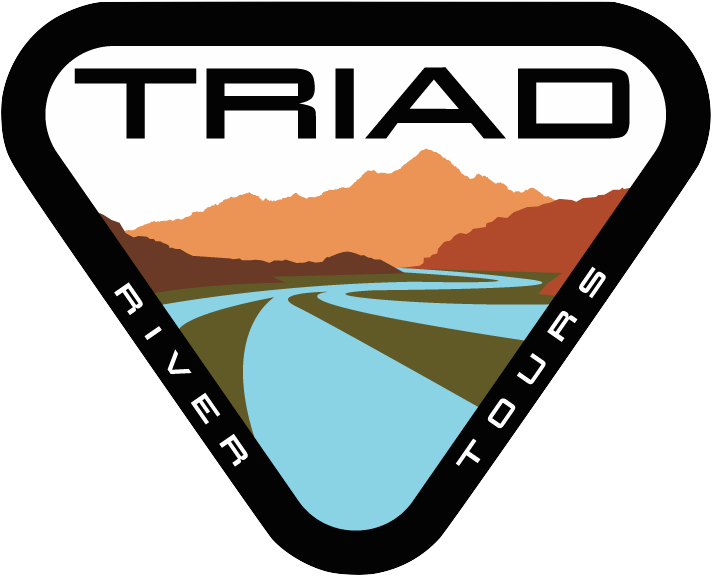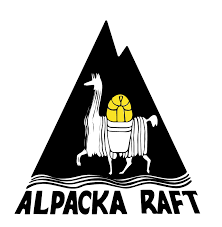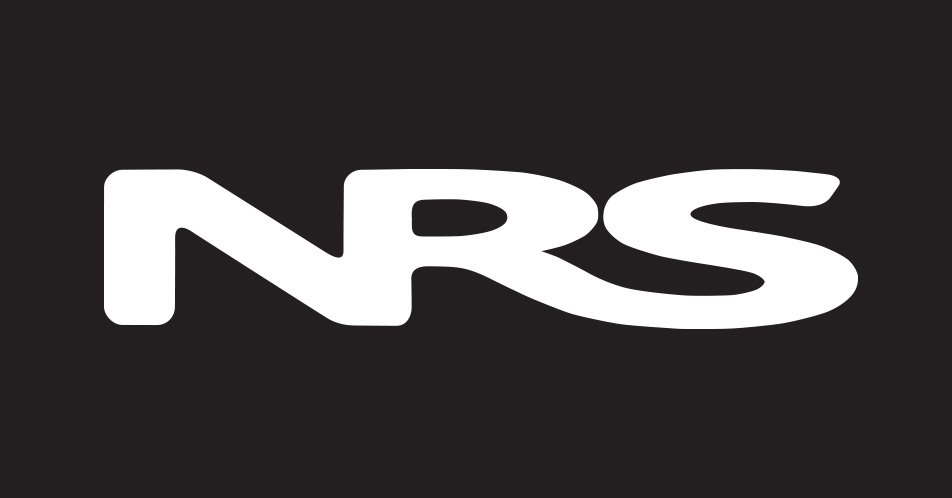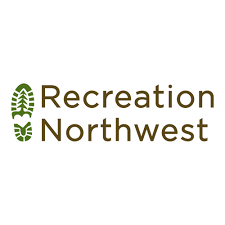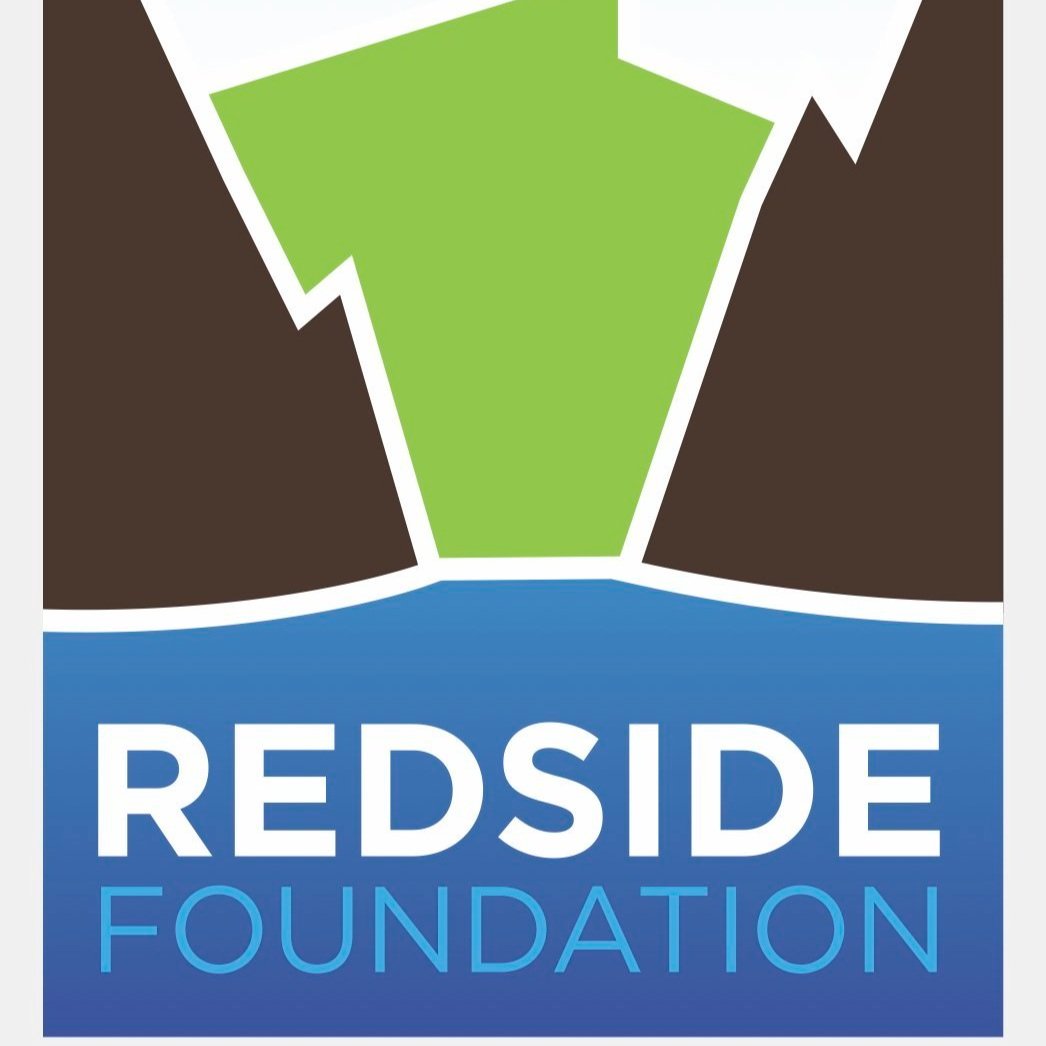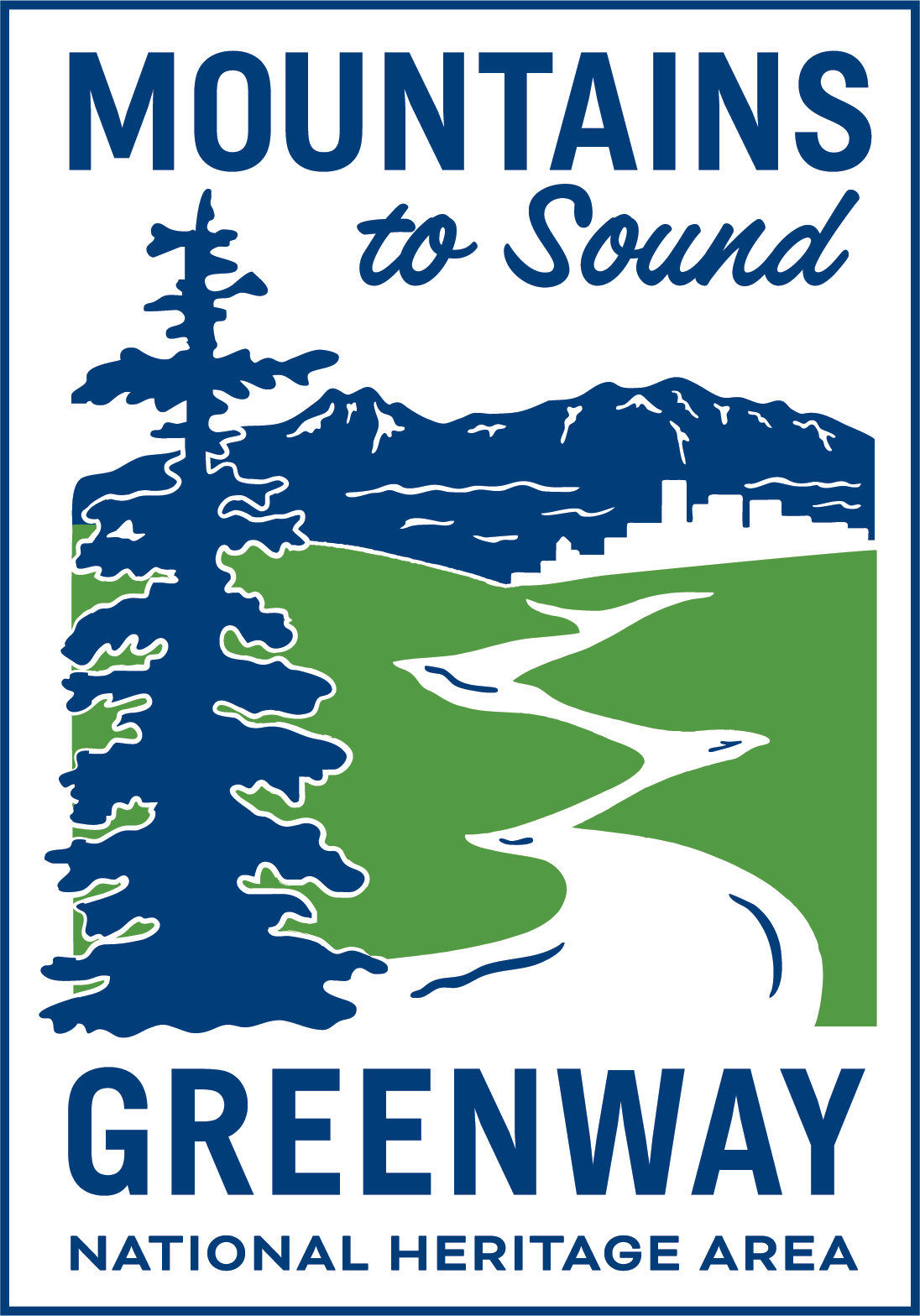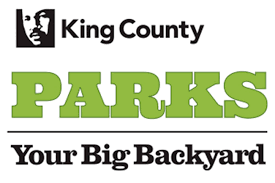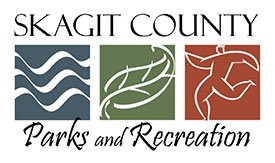7. Industry Standards
7.1 White Water Ability Levels and River Classifications
Beginner: Trips with a beginner designation are meant for just that; people who are capable of enjoying a rafting trip but don’t have the necessary skill or ability to tackle more difficult or technical whitewater. While any whitewater trip could lead to a rescue, a flipped raft, or strenuous exercise, it is much less likely on these trips.
Intermediate: Trips with an intermediate designation are meant for experienced rafters or beginners who are exceptionally willing and fit to tackle more difficult, technical whitewater on their very first trip. Be cautious: intermediate trips bring an increased likelihood of rescue, flipped raft, or sustained high level physical activity, and physical fitness is a must.
Advanced: Trips with an advanced designation aren’t meant for beginners. These trips are for people in good physical condition who are ready and able to take on demanding conditions, difficult technical and/or big whitewater, and involve a high likelihood of a rescue or raft flip. Advanced trips require paddlers to participate in aspects of more difficult rescues that guides cannot perform on their own.
7.2 River Classification
River Classification is a generalized, subjective label given to certain rivers as a means of coordinating general categories of risk. It is typically relevant only to the river itself and not to the abilities of the people running it. There are several white water rafting levels. Below is the American Whitewater International Scale of River Difficulty (credit: American Whitewater)
Class I Rapids:
Fast moving water with riffles and small waves. Few obstructions, all obvious and easily missed with little training. Risk to swimmers is slight; self-rescue is easy.
Class II Rapids: Novice
Straightforward rapids with wide, clear channels which are evident without scouting. Occasional maneuvering may be required, but rocks and medium-sized waves are easily missed by trained paddlers. Swimmers are seldom injured and group assistance, while helpful, is seldom needed. Rapids that are at the upper end of this difficulty range are designated “Class II+”.
Class III: Intermediate
Rapids with moderate, irregular waves which may be difficult to avoid and which can swamp an open canoe. Complex maneuvers in fast current and good boat control in tight passages or around ledges are often required; large waves or strainers may be present but are easily avoided. Strong eddies and powerful current effects can be found, particularly on large-volume rivers. Scouting is advisable for inexperienced parties. Injuries while swimming are rare; self- rescue is usually easy but group assistance may be required to avoid long swims. Rapids that are at the lower or upper end of this difficulty range are designated “Class III-” or “Class III+” respectively.
Class IV: Advanced
Intense, powerful but predictable rapids requiring precise boat handling in turbulent water. Depending on the character of the river, it may feature large, unavoidable waves and holes or constricted passages demanding fast maneuvers under pressure. A fast, reliable eddy turn may be needed to initiate maneuvers, scout rapids, or rest. Rapids may require “must” moves above dangerous hazards. Scouting may be necessary the first time down. Risk of injury to swimmers is moderate to high, and water conditions may make self-rescue difficult. Group assistance for rescue is often essential but requires practiced skills. A strong eskimo roll is highly recommended. Rapids that are at the lower or upper end of this difficulty range are designated “Class IV-” or “Class IV+” respectively.
Class V: Expert
Extremely long, obstructed, or very violent rapids which expose a paddler to added risk. Drops may contain** large, unavoidable waves and holes or steep, congested chutes with complex, demanding routes. Rapids may continue for long distances between pools, demanding a high level of fitness. What eddies exist may be small, turbulent, or difficult to reach. At the high end of the scale, several of these factors may be combined. Scouting is recommended but may be difficult. Swims are dangerous, and rescue is often difficult even for experts. A very reliable eskimo roll, proper equipment, extensive experience, and practiced rescue skills are essential. Because of the large range of difficulty that exists beyond Class IV, Class 5 is an open-ended, multiple-level scale designated by class 5.0, 5.1, 5.2, etc… each of these levels is an order of magnitude more difficult than the last. Example: increasing difficulty from Class 5.0 to Class 5.1 is a similar order of magnitude as increasing from Class IV to Class 5.0.
Class VI: Extreme and Exploratory Rapids
These runs have almost never been attempted and often exemplify the extremes of difficulty, unpredictability and danger. The consequences of errors are very severe and rescue may be impossible. For teams of experts only, at favorable water levels, after close personal inspection and taking all precautions. After a Class VI rapids has been run many times, its rating may be changed to an appropriate Class 5.x rating.
7.3 Cold Water Immersion (duty to warn)
Cold water immersion is often the most difficult variable to account for, and is usually the most dangerous aspect of the trips we run. Do not take cold water lightly and make sure that you come to the river aware and prepared for the dangers. We offer rentals of 3mm neoprene wetsuits as a vital line of defense against hypothermia. It is important to take cold water seriously, and on each of our whitewater trips it will be a focal point of your safety orientation.
7.4 Environmental Impact Statement
The Future of the Outdoor Industry: The Minimalist Approach
We are reaching a critical point in our culture and society where we must decide when enough is enough when it comes to our material possessions. Our environment is unquestionably polluted, beyond repair in some areas, and we either live in the mess that is a result of excess, or we transport it to others who then have to deal with it. It's time we make a change in the way we go about enjoying ourselves, away from indulgent vacations which destroy resources and the environment, and towards a lifestyle where our recreational activities are as clean as the scenery and experiences they provide to us.
"Leave No Trace" ethics are just the first step in making sure that we as river runners leave our natural lands for those that will come after us. Just as the people who came before us have had an effect on the environment, so will we. Triad River Tours believes strongly in the minimalistic approach to outdoor activities, which is why we operate under several strict protocols that go beyond what is required of us by governing and legislative authorities. These include but are not limited to:
• No piece of equipment is carried that does not directly influence the safety of the trip. While we take extra precautions by making sure that each boat has above and beyond the required safety equipment, we do not take candy bars, soda pop, or any trash whatsoever. Every piece of equipment that is taken on the river on a Triad River Tours day trip has a direct purpose related to the safety of our guests.
• We typically do not stop for lunch on our day trips. Multi day trips are where we go to wine and dine our guests, but all of our day tours are specifically designed to have little to no impact on the river corridor, therefore we do not pull over to make food for our guests, which creates an opportunity for litter or "micro trash" which can then attract insects.
• We run the same section of river repeatedly. Other outfitters are busy driving giant vans, buses, and cargo trucks to and from the various rivers and back again to their places of business. Triad River Tours has made a strong commitment to remain local to what we believe to be a great river system which can provide our guests with the absolute finest whitewater rafting experience. As guides we have yet to tire of the Sauk and Skagit Rivers, and we think with the changes in the river, the changes in the seasons, and the abundance of story telling, social networking, and great wildlife, that you will always see something new on each and every Triad River Tours day trip.
• We are fast and we are light. One thing notice immediately about our crew is how efficient we are both on and off the boat ramp. We take great care in staying out of the way of other boaters wherever we are, as well as offer our hand and support to any and all who may need help on the river. In an effort to increase our efficiency at the boat ramps and while on the river, we spend significant amounts of time and money researching and purchasing the most updated and cutting edge river rescue equipment we can find, and make sure that all of our equipment is routinely tested and is the absolute best piece of equipment we can possibly find to take rafting with us. We absolutely despise "disposable" equipment, and make every effort necessary to purchase only equipment which will last for many years under even the harshest environments that river rafting can provide.
• We do not allow plastic water bottles on our trips. Guests who absolutely need to drink water during their 1-2 hour trip on the water are encouraged to bring reusable water bottles that can be fastened to the rafts, so that in the case of a raft capsize we do not add waste or litter to the river system.
• We go on the trips with our guests. When you go rafting with Triad you go in one vehicle unless it is overloaded and we need a second. There is often no equipment vehicle because our systems are so efficient and our guides trained and prepared to run the trip with you for the greatest experience. Our systems are so efficient and quick that our guests can go right along with us to the river. Furthermore, since we voluntarily and intentionally limit the size of groups on each Triad River Tours River Tour, we do not need to "stage" large amounts of equipment at the river before we get there. Leaving equipment at the river is a poor and unprofessional practice in the view of our river managers and should not be necessary with a highly trained crew of rafting guides. Triad prides itself on making a small footprint on the river, on the boat ramp, and on the road.
• Our guides all share one critical viewpoint: less is more. All Triad River Tours guides are trained to the highest degrees of effectiveness for safety, rescue, and professional hospitality. Furthermore, Triad makes sure, during the hiring and training process, that the values of our company are held in the hearts and minds of all of our guides. When we pay guides a wage well above the industry standard, and we are clear of our expectations for them as professionals, we have seen that these people have the enthusiasm and care to show our guests a great time. Guides make the trip, and we at Triad are well aware of that. Whitewater rafting and scenic float trips can be ran by a number of different companies, but when you ride with us, with one of our guides, you support a company that exists for a purpose. All of us want to act as stewards of the river, and work to guide you as you take in your experience with nature on your river tour. We pride ourselves in doing this in the safest, most effective, most efficient manner.
Triad River Tours operates under continuously evolving safety protocols and mechanisms. Before any decision about how and why a trip operates a certain way is adopted, there are fundamental ethics that must first be considered. What is our primary objective in our trips? First and foremost, we value human life and the environment. It is actually the synergy of these two things which provide the platform for our trips to have meaning. Without an awareness and honor of the two, our trips will lose their potency, thus our customers will fail to see their value, and ultimately we will not only have failed as a business, but we will have failed to live up to the demands of our own conscience.
“Sentiment without action is the ruin of the soul”
— Edward Abbey
Triad River Tours looks for opportunities to donate time and resources to non-profit organizations which are dedicated to preserving our natural places. We work closely with government personnel to ensure that our lands are protected and that we are always abiding by the most stringent environmental practices while on the river.
7.5 Tensile Strengths of Common River Rescue Materials
Dyneema Rope: 5200lbs.
1” Tubular Webbing: 4000lbs.
NFPA 3/8” Rescue Rope (in our sweep kits): 3200lbs.
5mm Prusik: 1100lbs.
6mm Prusik: 1900lbs.
7/16” Sterling Rescue Rope (in bus kits): 4400lbs.
Note: Refer to SSI manual for more detailed information regarding tensile strengths. The above represent the entirety of what is in the current Triad system.
7.6 Communication
Whistles:
From Charlie Walbridge of AW:
This update was drafted after Jeff Wilson posted in TRPC regarding overuse of whistles on a recent river trip.
SAFETY WHISTLE ETIQUETTE for paddlers and wilderness rescue
The standard use of whistles taught in wilderness rescue courses is:
-NO whistle blast if the person/swimmer and gear are being managed and there is no threat of bodily harm or equipment loss. Verbal noises or commands can be used in place of a whistle blast, if coordination is required.
-ONE whistle blast is used when person / swimmer still needs help or gear is floating unaddressed.
-TWO whistle blasts are typically *never used* so as not to confuse the distinction between simply calling one’s attention versus a true EMERGENCY.
-THREE whistle blasts are used to define a SEVERE INJURY or LIFE THREATENING EMERGENCY requiring all hands on deck. Novice paddlers should get to an eddy or take out on shore immediately. Veteran paddlers should immediately collocate and prepare for extreme rescue, extraction, or complex first aid. Ropes and first aid kits should be at the ready.
